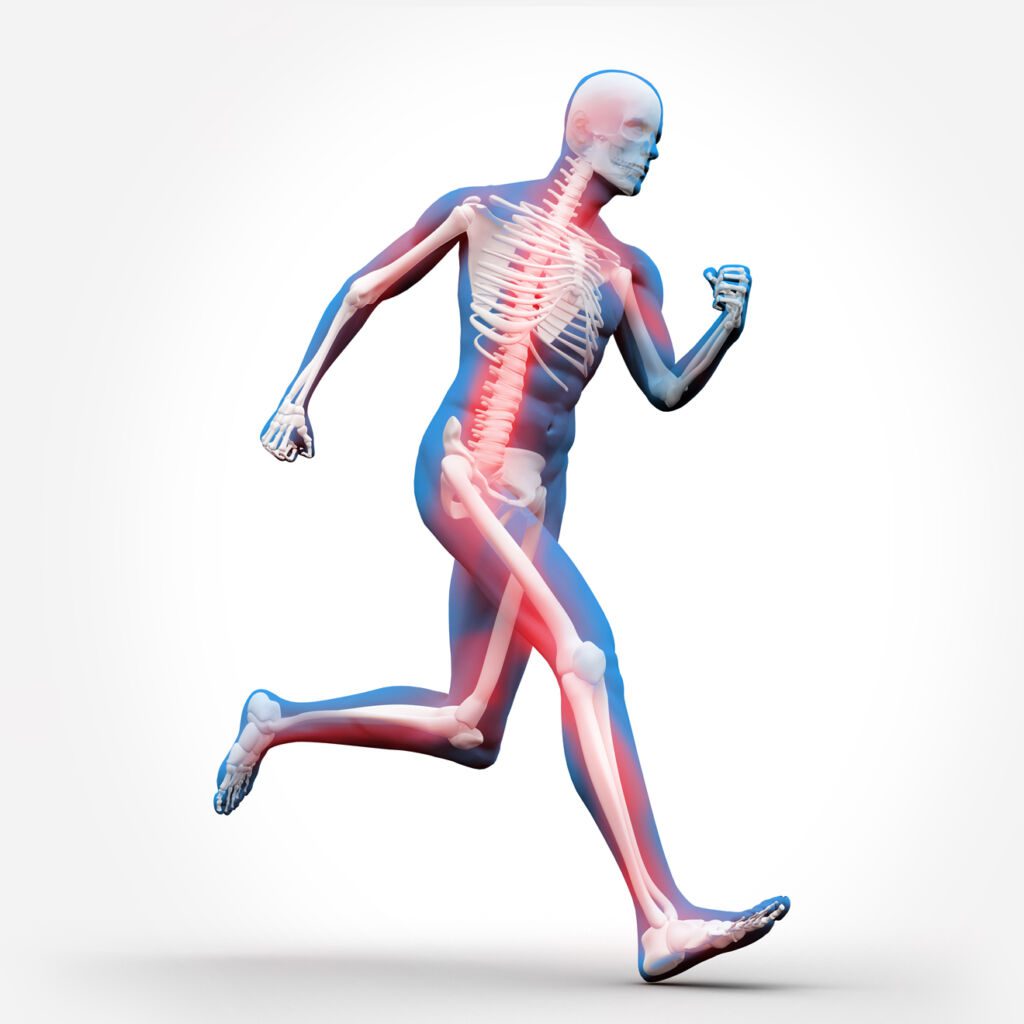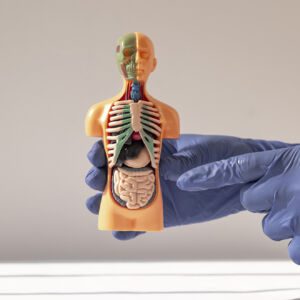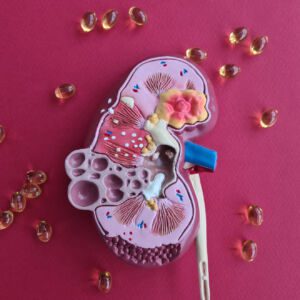The Orthopaedics and Spine Centre is designed to make you feel comfortable in your surroundings while our medical team evaluates and develops a treatment plan that is right for you.
Our doctors are passionate about helping you improve function, reduce pain and improve your quality of life through the use of minimally invasive procedures and innovative surgical techniques that allow for faster recovery and less pain.

The Orthopaedics and Spine Service specialises in the treatment of all traumatic and degenerative conditions of the musculoskeletal system and spine.
A dedicated operating theatre with a special table for spinal surgery.
The Orthopaedics and Spine Unit is dedicated to the treatment of Artificial Joint Replacement, Upper Extremity and Hand Surgery, Knee Surgery, Hip Surgery, Ligament Reconstruction, Foot and Ankle Surgery, Trauma Surgery, Spine Surgery, Accident Surgery, Paediatric Orthopaedics.
You ask, our teams answer.
F.A.Q
Orthopaedics is a medical specialty that focuses on the diagnosis and treatment of disorders of the musculoskeletal system, which includes bones, joints, ligaments, tendons and muscles. Orthopaedic surgeons are highly skilled in the diagnosis and treatment of these conditions.
Orthopaedics can be divided into two areas: adult orthopaedics and paediatric orthopaedics.
Arthroplasty or Joint replacement (a speciality of orthopaedics and spine) is a surgical procedure that restores the mobility of a joint by replacing damaged surfaces of bone, cartilage and ligaments with artificial parts. In some cases, the entire surface of the joint is replaced; in others, only part of the joint is replaced.
The aim of arthroplasty is to relieve pain and restore function. It can be used as the primary treatment for certain conditions or as an adjunct to other procedures, such as arthrodesis or tendon reconstruction.
Arthroplasty can be performed on any type of joint: knee (total knee arthroplasty), hip (total hip arthroplasty), shoulder (total shoulder arthroplasty) and ankle (partial ankle arthroplasty).
Knee surgery (part of the orthopaedic and spinal column) is a procedure to repair or replace damaged parts of the knee. The most common types of knee surgery are:
- Arthroscopy, where tissue is removed from inside the knee joint. It is used to diagnose problems and treat small injuries, such as torn cartilage or bone splinters.
- Meniscectomy, which involves removing torn cartilage from the meniscus (a cushioning layer that separates the bone from the knee). Meniscus tears can cause pain, swelling and stiffness in the joint. This surgery is sometimes done by arthroscopy.
- Osteotomy, which involves realigning misaligned bones in the knee joint to improve function and reduce pain. This surgery is sometimes combined with a partial meniscectomy to treat severe arthritis (osteoarthritis) that has not responded to other treatments.
The spine is a series of bones (vertebrae) and cartilage that protect, support and allow movement of the spinal cord and nerve roots. The spine is made up of two parts: the cervical vertebrae in the neck and the thoracic vertebrae in the upper back, separated by a flexible disc.
The spine can be injured in many ways, including sports injuries, car accidents, falls and other injuries. Spinal injuries can be caused by major trauma or can develop gradually over time. Common spinal conditions include herniated discs and degenerative disc disease.
A ligament reconstruction is a surgical procedure to replace the torn ligament with a tissue graft. The graft is usually taken from another part of the body, such as the knee or ankle, or can be taken from a tendon.
Ligaments are narrow bands of connective tissue that connect two bones in joints. If they tear, they can cause pain and instability in the joint.
A ligament tear can occur if a joint has been worn down excessively over many years (as in the case of an Anterior Cruciate Ligament tear).
Ligament reconstructions are also performed when patients have had previous injuries in the same area and need surgery to repair them again (for example, when athletes re-injure their Anterior Cruciate Ligament while playing a sport).
Spinal or spine surgery (a speciality that is part of the orthopaedic and spine centre) is a surgical procedure to correct a problem with the spine (the bones of the back). The problem may be scoliosis, degenerative disc disease, spinal stenosis or kyphosis. The aim of surgery is to relieve pain and restore function.
Spinal arthrodesis is a procedure in which two or more vertebrae are fused together with bone grafts and screws. Spinal fusion may be performed for a variety of reasons, including correction of scoliosis or deformity, treatment of instability following trauma or injury, treatment of degenerative disc disease, and stabilisation of vertebral fractures. Fusion can be partial or complete, depending on the pathology treated.
In a spinal fusion, the surgeon makes an incision in the back and uses metal rods and screws to join two vertebrae together. This creates one solid piece instead of two separate pieces connected only by cartilage discs between them.






